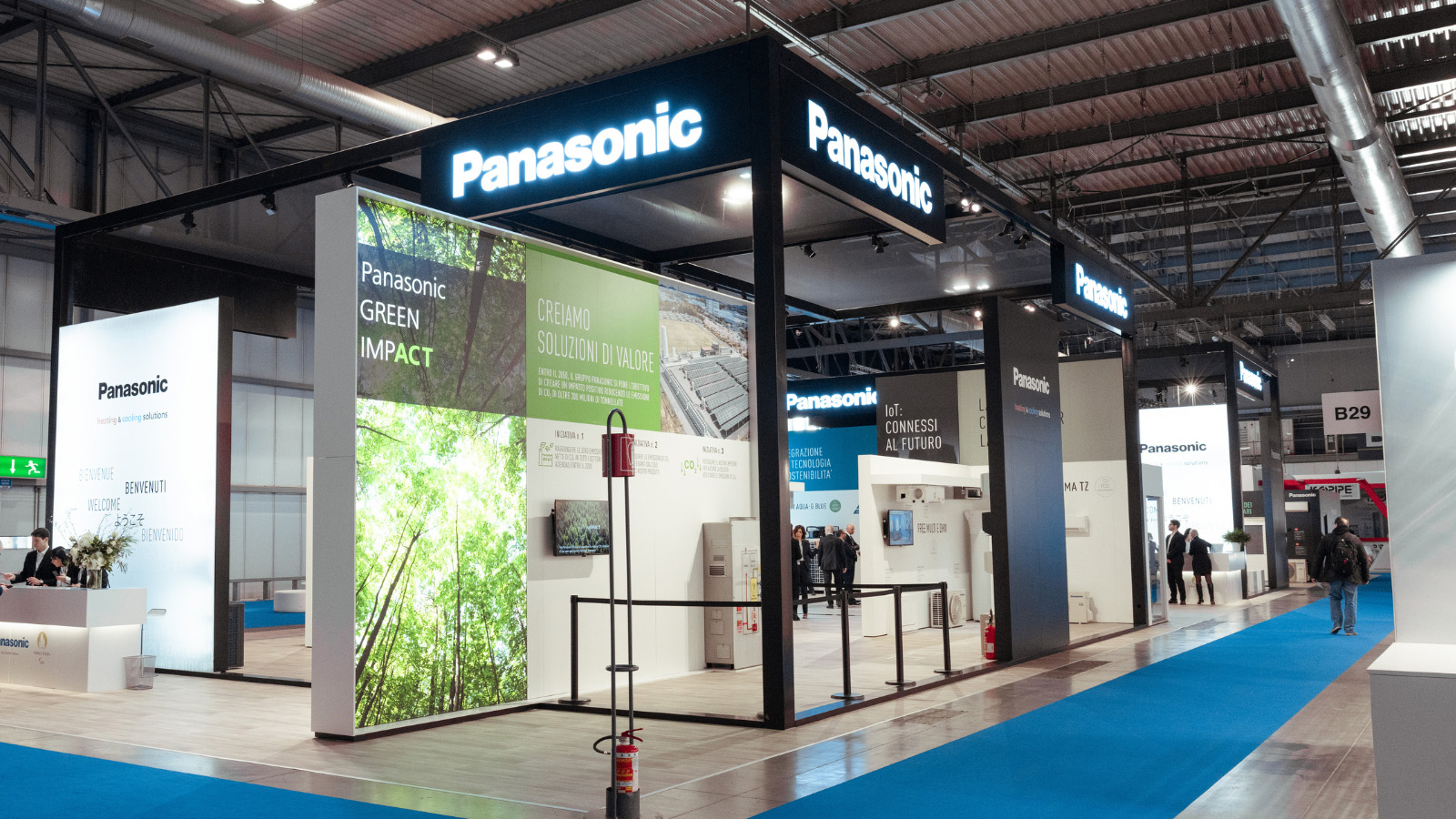Oct 25, 2010
Press Release
Panasonic's PLC Technology Ratified in the IEEE1901 Standard
Osaka, Japan -The PLC (power line communication) technology jointly proposed by Panasonic Co., Ltd. and its subsidiary, Panasonic System Networks Co., Ltd. has been approved by the IEEE Standard Association1 as the base technology in the IEEE1901 standard. The IEEE1901 standard documents will be released in the beginning of 2011.
Additionally, the technology allowing Panasonic's PLC technology to coexist with other PLC technologies-proposed by the two companies in conjunction with CEPCA2-was included as part of the approval. Prior to its approval by the IEEE1901, this coexistence technology was approved in June of this year for ITU-T G.99723.
The approved technology, Wavelet OFDM4, is used in products that adopt Panasonic's HD-PLC3 high-speed power line communication technology. This technology features the environmentally friendly characteristic to realize lower power consumption and lower costs through highly efficient data transmission.
Panasonic has already completed the development and licensing of the technology used as the basis for the approved IEEE1901 standard. Panasonic will continue working through organizations such as the HD-PLC Alliance5 to ensure the interoperability of devices that adhere to the IEEE1901 standard, and it will also promote the widespread adoption of PLC as a worldwide standard.
About Panasonic
Panasonic Corporation is a worldwide leader in the development and manufacture of electronic products for a wide range of consumer, business, and industrial needs. Based in Osaka, Japan, the company recorded consolidated net sales of 7.42 trillion yen (US$79.4 billion) for the year ended March 31, 2010. The company's shares are listed on the Tokyo, Osaka, Nagoya and New York (NYSE: PC) stock exchanges. For more information on the company and the Panasonic brand, visit the company's website at http://panasonic.net/.
Media Contacts:
- Overseas Public Relations Office
- Panasonic Corporation
- Tel: 03-6403-3040 Fax: 03-3436-6766
- Panasonic News Bureau
- Tel: 03-3542-6205 Fax: 03-3542-9018
Banner area begins from here.
The content in this website is accurate at the time of publication but may be subject to change without notice.
Please note therefore that these documents may not always contain the most up-to-date information.
Please note that German, French and Chinese versions are machine translations, so the quality and accuracy may vary.






